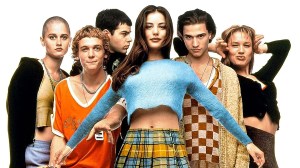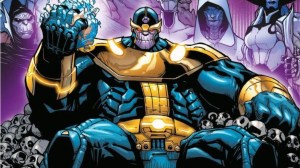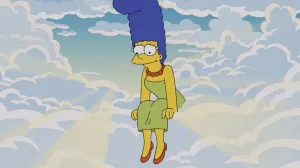Batman is one of the most enduring characters in popular culture, with a publication history stretching back to 1939. Keeping such a well-established hero fresh and exciting for new generations of readers requires constant reinvention, leading writers and artists to explore different facets of his complex personality. This willingness to experiment has produced some of the most iconic and beloved storylines in comic book history, pushing the boundaries of Batman’s character, examining his psychological depths, his unbreakable moral code, and his complex relationships with both allies and enemies. However, not every attempt to innovate strikes the right chord.
Videos by ComicBook.com
Batman’s long history is also littered with creative decisions that have proven deeply divisive or are outright disliked among the fanbase. These controversial moments often stem from misinterpretations of Batman’s core principles or narrative choices that feel more like publicity stunts than meaningful character development.
7) The Death of a Damian
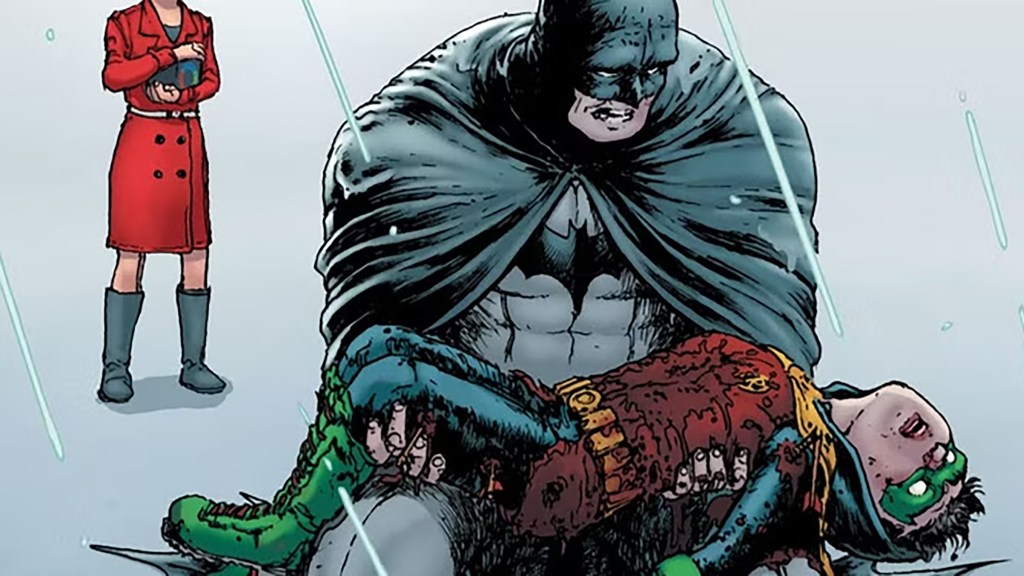
The introduction of Damian Wayne, the son of Bruce Wayne and Talia al Ghul, was a massive shake-up for the Batman mythos. Initially presented as an arrogant and violent child assassin, Damian’s journey to becoming Robin was a compelling arc that saw him gradually embrace his father’s code and find his place within the Bat-Family. His dynamic with Dick Grayson, who served as Batman at the time, was a particular highlight, flipping the traditional hero-sidekick relationship on its head. This made his eventual death all the more shocking and controversial. In the 2013 comic Batman Incorporated #8, Damian was killed in a brutal battle with a hulking clone of himself known as the Heretic. While the death was portrayed as a heroic sacrifice, many readers felt it was a premature end for a character who had just begun to show significant growth. The decision was widely debated, with some seeing it as a frustrating end to one of the most interesting new characters in years.
6) Breaking the Code for KGBeast

Batman’s strict no-kill rule is one of his most defining characteristics, a moral line he refuses to cross. However, in Batman #57, that line was pushed to its absolute limit. The story sees Batman hunt down the mercenary KGBeast as revenge for the villain shooting Nightwing in the head. Their confrontation in a frozen wilderness is brutal, culminating in Batman using his grappling gun to snap KGBeast’s neck, paralyzing him. Rather than render aid, Batman tells the villain, “You can get your own damn help,” and walks away, leaving him to die in the snow. This decision was met with a storm of controversy. While some later issues suggested Batman knew federal agents were nearby, the scene itself portrays him abandoning a foe to a certain death. For many fans, this was an unacceptable breach of his code, depicting a level of cold-blooded rage that felt fundamentally out of character.
5) The Black Label Controversy
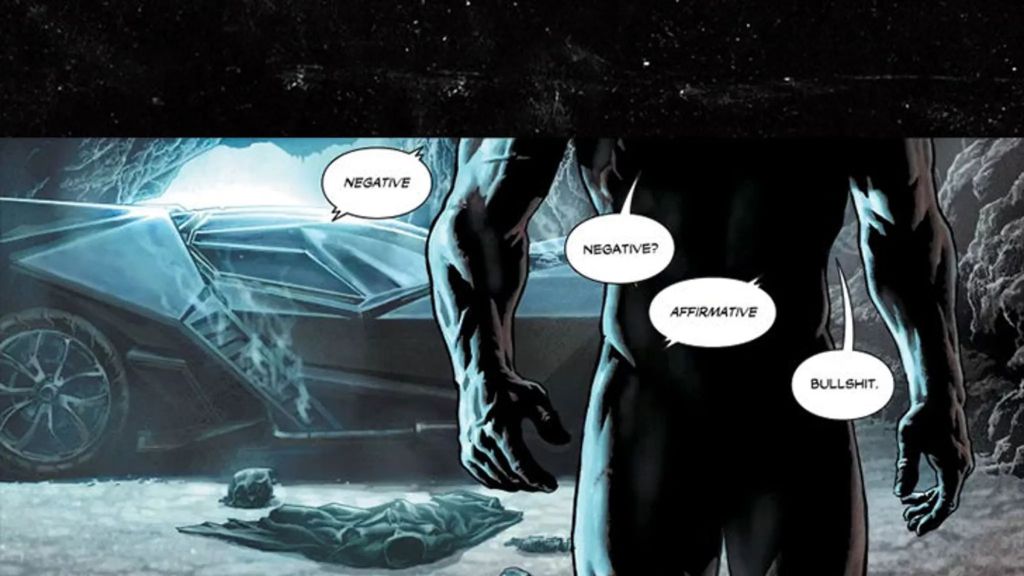
In 2018, DC Comics launched its Black Label imprint, a line of mature stories for adult readers. The debut title was Batman: Damned, a supernatural horror story. However, the comic’s plot was completely overshadowed by a single panel in the first issue that featured the first-ever depiction of Batman’s full-frontal nudity. The image quickly went viral, becoming a topic of discussion on late-night talk shows and prompting a swift reaction from the publisher, with DC immediately censoring the scene in all digital versions and future printings of the comic. While the creators defended it as an artistic choice, DC’s co-publisher later expressed regret over the incident, stating it was not the impression they wanted the new imprint to make. The moment was widely seen as a bizarre publicity stunt that distracted from the story itself.
4) The New 52 Reboot
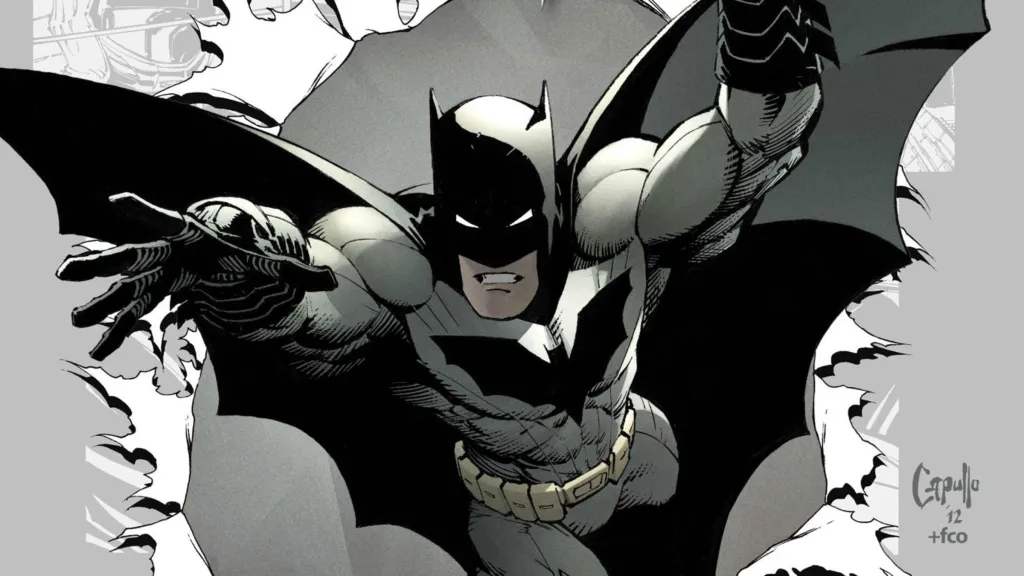
DC’s 2011 “New 52” initiative was a line-wide relaunch intended to streamline continuity and make its characters more accessible to new readers. For Batman, this was not a complete reset, as major events like The Killing Joke and the death of Jason Todd were kept in canon. However, the entire timeline was compressed, establishing that Batman had only been active for about six years. This change created significant problems for his extensive history, as cramming four different Robins and a Batgirl into such a short period mangled the established relationships and character development that had been built over decades. In addition, the histories of beloved characters like Stephanie Brown and Cassandra Cain were completely erased from the timeline. The reboot was a major point of contention for longtime readers who felt that years of meaningful stories had been sacrificed for a confusing and poorly executed marketing strategy.
3) The Catwoman Wedding That Wasn’t

The engagement of Batman and Catwoman was one of the biggest comic book events in years. The build-up to their wedding was a massive marketing push for DC, spanning dozens of issues and tie-in comics. The story arc explored their long and complicated romance, leading to the highly anticipated Batman #50, the issue where the two were finally set to be married. However, readers who had invested heavily in the story were met with a stunning bait-and-switch. On the day of the wedding, Catwoman leaves Batman at the altar, convinced that a happy Bruce Wayne can no longer be an effective Batman. Furthermore, the reveal that this change of heart was manipulated by the villain Bane did little to soften the blow for fans who felt cheated by the outcome. The non-wedding was widely criticized as a frustrating and anticlimactic end to a storyline that had promised a major evolution for both characters, but eventually led nowhere.
2) “A Death in the Family”
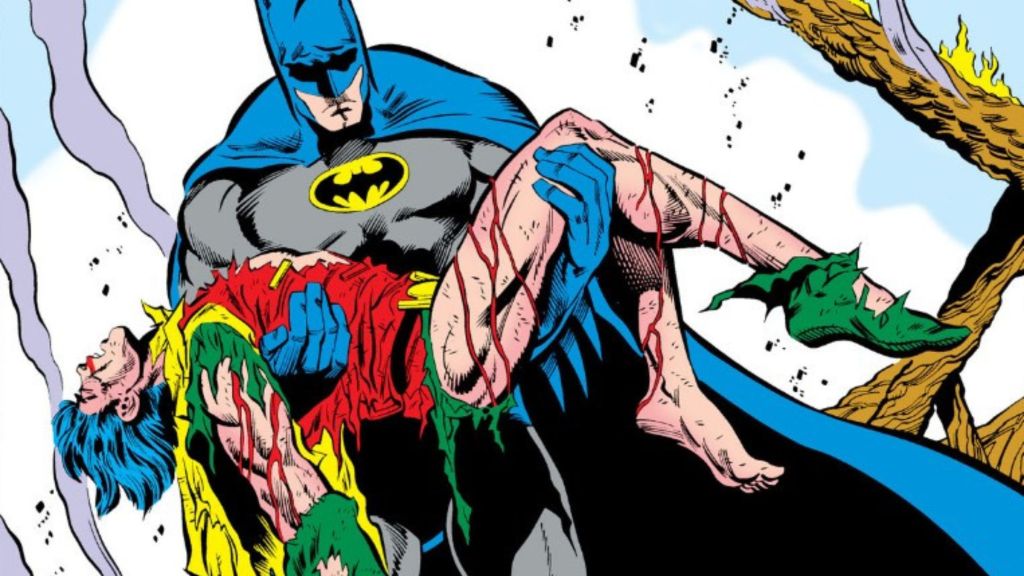
The death of the second Robin, Jason Todd, is one of the most infamous events in comic book history, not just for the story itself but for how it came to be. In 1988, Jason had become an unpopular character with readers. Seizing on this, DC set up a storyline in which the Joker brutally beat the young hero with a crowbar and left him to die in an explosion. At the end of the issue, DC provided two 1-900 numbers, allowing fans to call in and vote on whether Jason should live or die. By a razor-thin margin of just 72 votes, the readers chose death. The decision to let fans vote to kill a teenage character was a cynical moment in publishing history. While the event had a lasting impact on Batman’s character, the real-world mechanism behind it remains a deeply controversial chapter in DC’s past.
1) The “Goddamn Batman”
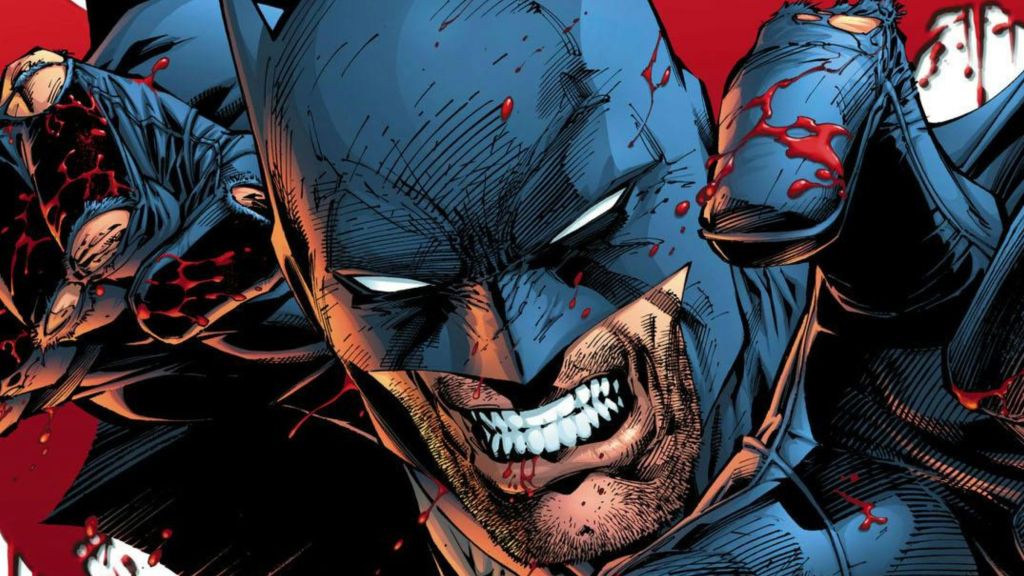
Frank Miller’s All-Star Batman & Robin, the Boy Wonder is almost universally regarded as one of the worst and most offensive depictions of the Dark Knight ever put to print. Set in the same universe as The Dark Knight Returns, the series portrays a version of Batman who is cruel, unhinged, and sadistically abusive. The most egregious example of this is his treatment of a recently orphaned Dick Grayson. After essentially kidnapping the boy from the scene of his parents’ murder, Batman throws him into the Batcave, verbally abuses him, and forces him to eat rats for sustenance. This take on the character was so extreme that it read like a parody, transforming the iconic hero into a violent psychopath. Unsurprisingly, the series was met with widespread derision from fans and critics alike for its complete misreading of the core relationship between Batman and his young ward.
What other creative choices for Batman do you think missed the mark? Leave a comment below and join the conversation now in the ComicBook Forum!



